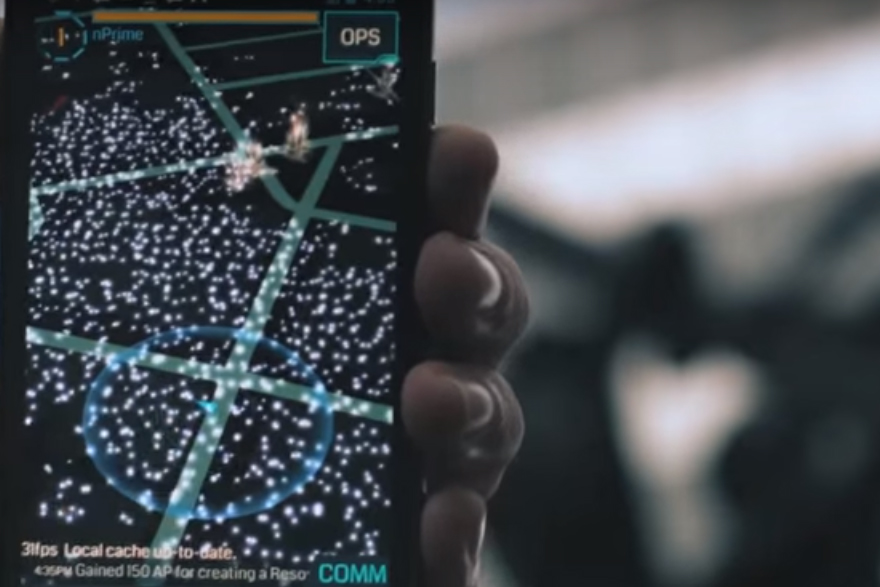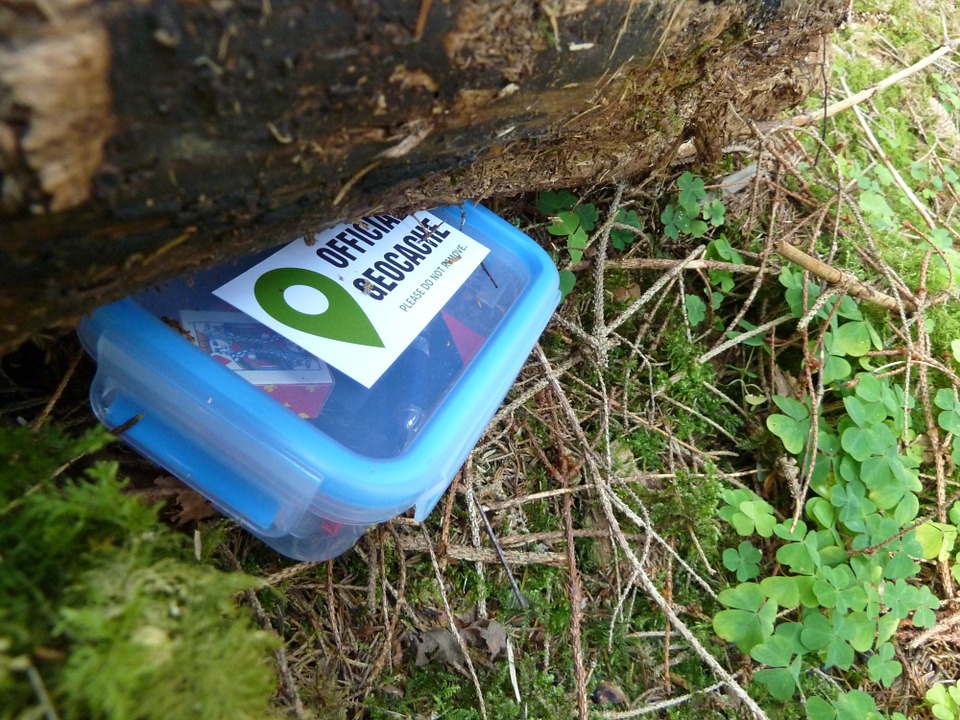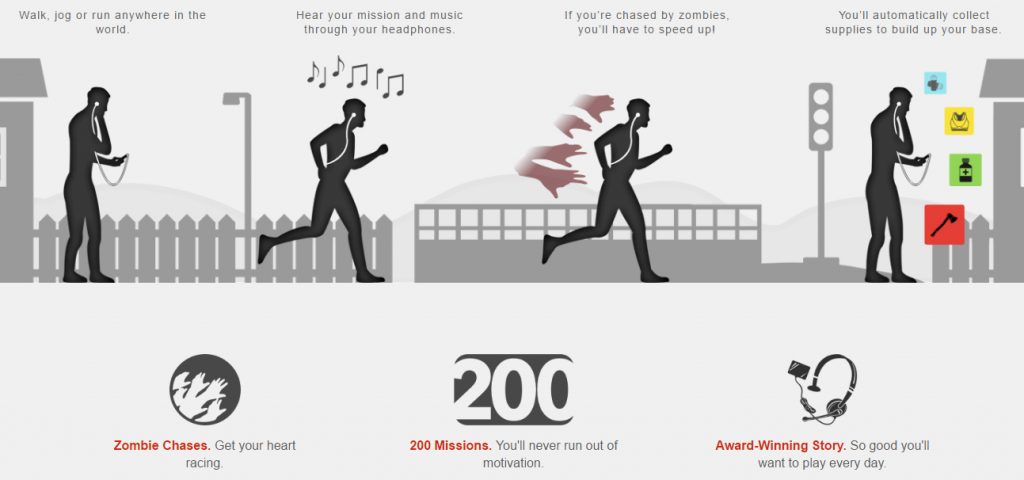How Augmented Reality and Geolocation are Shaping the World of Gaming

image credit: screenshot from Ingress YouTube video
With the immense success of Pokemon Go, people of the tech world have zeroed in on the prospect of further developing augmented reality and geolocation in games. A few months ago, virtual reality became the top trend in gaming with the release of the Oculus Rift and the upcoming lineup of other VR headsets from big tech companies like Samsung and Sony.
But the tides turned when Niantic, The Pokemon Company, and Nintendo released Pokemon Go. It was Nintendo’s first full-scale attempt to release a game on smartphones. The risky move resulted to another global phenomenon started by Nintendo’s Pokemon fever in the 90’s. Stock prices of the gaming company almost doubled in July after the release of the Pokemon game in the United States, Australia, and New Zealand.
Serving as a precedent to possibly a bigger future for gaming, game developers are now focusing on the same aspects that made Pokemon Go a success: augmented reality and geolocation. But what are these basically?

image credit: settergren via pixabay.com
Defining AR and geolocation
Augmented reality (AR) is a way of fusing real world imagery and virtual objects. The setting of a game for example, can be a place in the real world while the virtual objects the gamer is interacting with can be superimposed to the background. Such is the effect of the AR Mode in Pokemon Go. Using the smartphone camera, the virtual creatures appear to exist in the real-world. But, really, it’s just a camera trick they borrowed from Hollywood.
But more than the AR technology itself, is the use of geolocation to transform the gaming experience into something very real and interactive. In the legacy Pokemon games, players have to navigate through fictional maps using game console buttons. No physical movement is involved except for the fingers. However, with geolocation, Pokemon Go uses the real location of the player and uses that as the game map players will be navigating in. As a result, searching for Pokemon and battling in PokeGyms are more real than ever, allowing players to interact with the real world and the virtual world.

image credit: screenshot from Zombies Run website
AR is the new mainstream
Facebook CEO Mark Zuckerberg wasn’t shy to announce that he was a Pokemon Go fan himself. But he also believed that augmented reality on smartphones might just be bigger than virtual reality. “I, like everyone else, am enjoying Pokemon Go. The biggest thing that I think we can take away from this as we invest in augmented reality in addition to virtual reality is that the phone is probably going to be the mainstream consumer platform [where] a lot of these AR features first become mainstream, rather than a glasses form factor that people will wear on their face,” he said.
Actually, there are some games already available on Android and iOS that uses AR and geolocation way before Pokemon Go. Here are some of the games you might just want to check out:
INGRESS – This is the game Niantic made before it made Pokemon Go. Actually, the real-world maps in Ingress is the inspiration for the gameplay and PokeStops used in Pokemon Go, In this game, players had to look for portals in the real world and capture them before an opposing team does.
GEOCACHING – This game offers a similar gameplay to Pokemon minus the Pokemon because it uses real world objects that you can actually locate. Tagged as the “world’s largest treasure hunt”, Geocaching lets players find caches hidden in various places all over the world. Once a player finds one, he/she can trade items in that box.
ZOMBIES, RUN! – This game fuses real world fitness jogging and fictional zombies that chase you around. Instead of a regular fitness walk, the game immerses you to a zombie-infested world where you run, hide, and recoup for resources that you can use to fend off the pesky zombies.